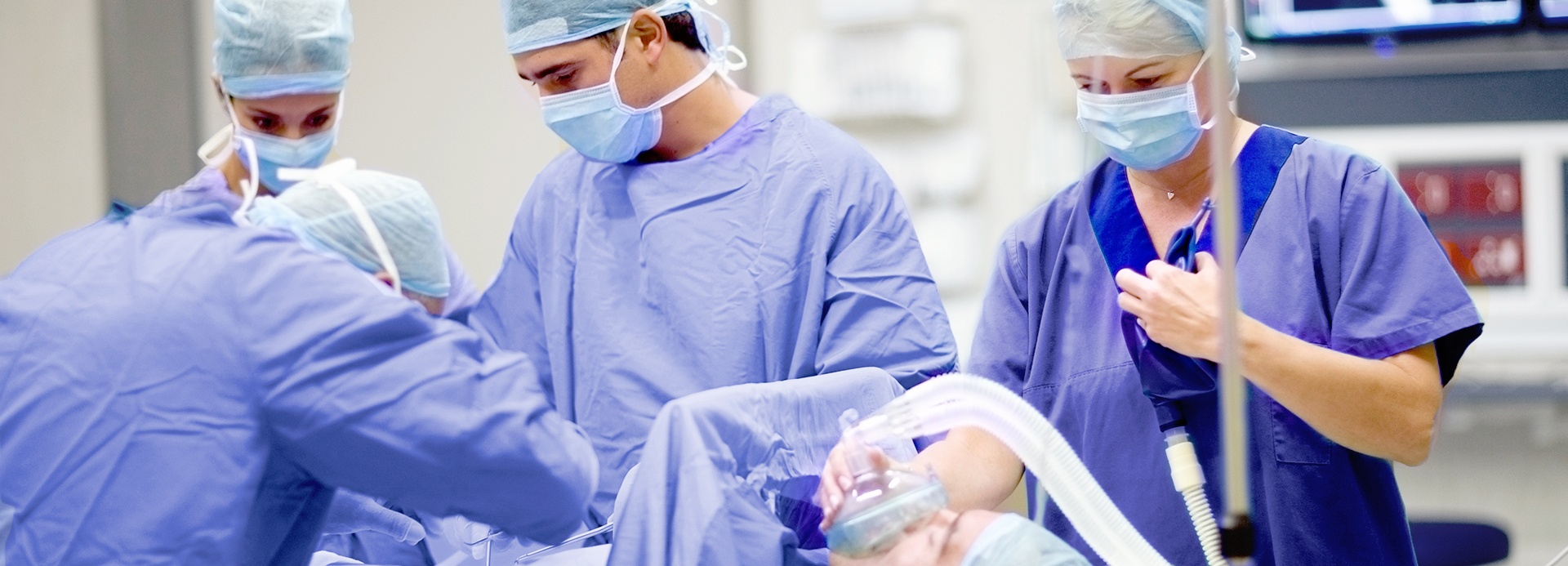General Anesthesia
Our anesthesia providers are experts at keeping you safe, comfortable, and pain free during surgery.

-
About General Anesthesia
Most major surgeries and invasive procedures require general anesthesia. General anesthesia is either inhaled through a breathing mask, or administered through an intravenous (IV) line to induce unconsciousness during surgery. For adult patients, our providers administer Propofol or another anesthetic, and then place a breathing device to protect the patient. Two types of devices are commonly used for ventilation:
- A Laryngeal Mask Airway (LMA)
- An endotracheal tube
Your breathing, heart rate, and other vital signs will be monitored by your anesthesia provider throughout the procedure, and we will make sure you are unconscious, safe, and comfortable for the duration of the procedure. After surgery, reverse medications will be administered to wake you up, and you will be taken to the recovery room for post-op monitoring.
Some patients may experience symptoms like nausea or vomiting after receiving general anesthesia. Because you have had major surgery, you will also likely have pain or discomfort as the anesthetics wear off. Your anesthesia care team will help manage these side effects. Major side effects from any type of anesthesia are rare. Patients who are able to go home on the day of surgery will not be able to drive after having general anesthesia.

